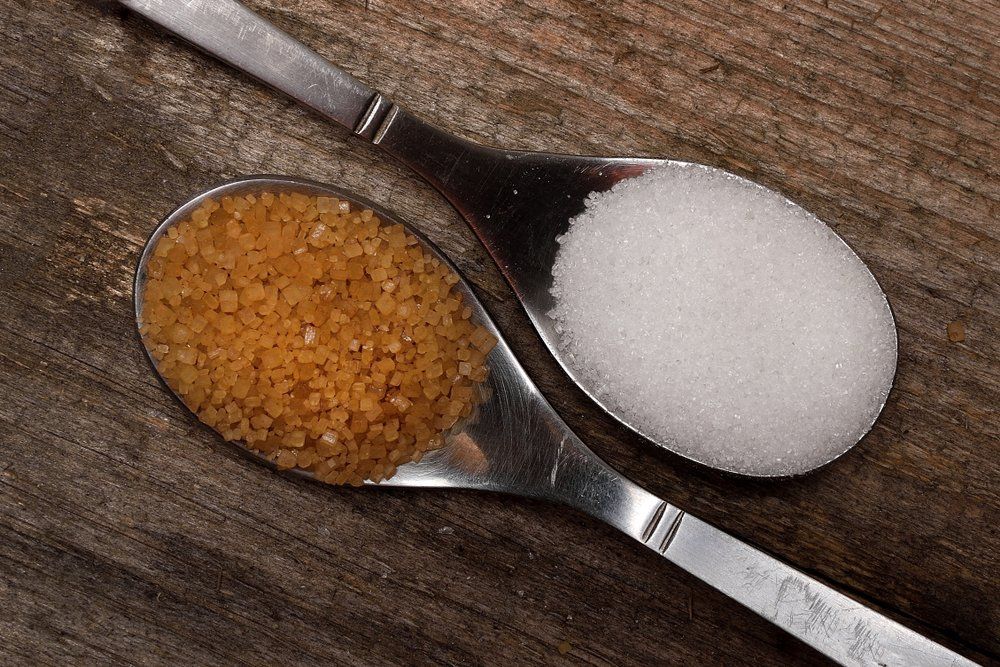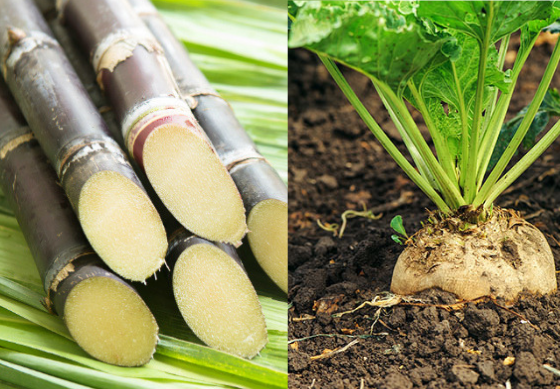In discussions of beet sugar vs cane sugar, the type of the sugar plays a crucial role in its composition.
Comprehending the Nutritional Advantages of Beetroot Sugar Vs Walking Cane Sugar for Health And Wellness Conscious Consumers
When analyzing the nutritional effects of beet sugar versus walking cane sugar, health-conscious consumers find that both selections mostly are composed of sucrose and offer similar calorie worths, each adding about 16 calories per tsp. Despite this similarity, neither kind confers significant wellness advantages, as they are devoid of crucial nutrients. Checking out the wider impacts, consisting of environmental factors to consider and long-term wellness results of sugar usage, might illuminate a lot more nuanced distinctions in between these two sugars.
Nutritional Profile and Caloric Worth of Beet Sugar and Cane Sugar
Although both beet sugar and walking stick sugar are primarily composed of sucrose, their dietary accounts and calorie values are remarkably comparable. Each provides around 16 calories per teaspoon and is composed nearly totally of carbs, with very little quantities of protein or fat. These sugars additionally do not have substantial quantities of vitamins or minerals. The refinement process strips away a lot of the integral nutrients, providing both types almost the same in regards to nutrition. There are trace differences in the impurities that continue to be after handling, which can slightly influence the taste and shade of the sugars, however these are minimal in regards to health effect. For consumers concentrating on dietary influence, the selection in between beetroot and walking cane sugar is extra concerning individual preference or potential environmental worries rather than nutritional differences. Both need to be eaten in small amounts within a balanced diet regimen as a result of their high caloric material and lack of vital nutrients (beet sugar vs cane sugar).
Environmental Influence and Sustainability of Sugar Production
While the dietary differences in between beet sugar and walking cane sugar are minimal, their manufacturing processes offer more substantial variations, specifically in terms of ecological influence and sustainability. Walking cane sugar production often includes comprehensive land usage and deforestation, which contributes to environment damage and biodiversity loss. This farming is also related to high water consumption and water contamination as a result of the runoff of chemicals and plant foods. In contrast, beet sugar manufacturing generally needs much less land and can be cultivated in more temperate environments, which may minimize the demand for irrigation and the connected water source depletion.
Nevertheless, beet growing is not without its ecological difficulties; it involves substantial power inputs, specifically in the north environments where it is expanded, as a result of my explanation the requirement for longer heating periods in sugar processing. Both sugar beet and sugar cane industries are exploring much more lasting practices, consisting of plant turning, natural farming, and boosted waste monitoring methods to alleviate these effects.
Wellness Consequences and Recommendations for Sugar Usage
In spite of their very little nutritional distinctions, both beetroot sugar and walking stick sugar can have destructive wellness impacts when consumed over. High consumption of either sort of sugar contributes to a variety of health issues, consisting of weight problems, kind 2 diabetic issues, and heart problem. Both sugars are pure sucrose and offer no important nutrients besides calories, causing fast spikes in blood sugar degrees upon usage.


Verdict
